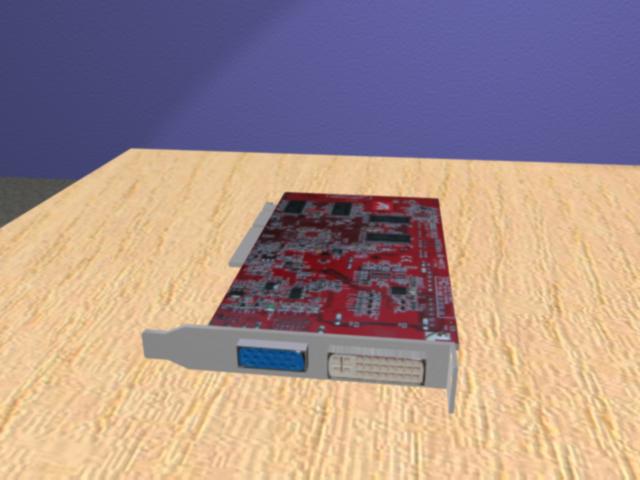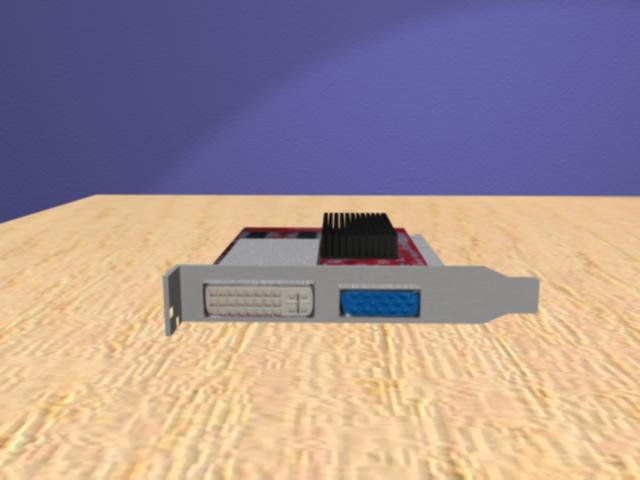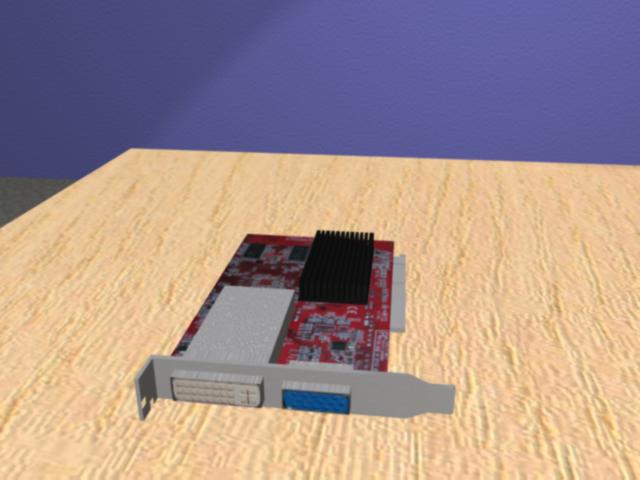The Computer Tutor
The Video Card

Graphics cards are important to the function of a computer because they contain their own processor, called the GPU (graphics processing unit) that contains an instruction set similar to that of the CPU but specifically optimized for processing graphics information. The type of graphics card determines how powerful this GPU is, which determines how much graphical information it can handle at a time.

If you use your computer mainly for surfing the Internet, using word processing and spreadsheet programs, and playing Solitaire, the only thing that you need to concern yourself with as far as your video card goes is whether or not it supports your monitor. On this video card, you will see two different monitor connections. The blue one is the VGA port, and it is where CRT monitors (the older ones that were big and square and clunky) and some newer LCD monitors plug in. The white port is the DVI port, where modern flat-panel LCD monitors plug in. If you are an average computer user and your monitor plugs in to your computer, then you probably don't need to concern yourself to much with your video card.

However, if you like to play video games on your computer, especially the high-tech modern games with realistic graphics and massive virtual worlds, or if you use high-end graphics or modeling programs (such as 3DS Max, which was used to model these images), then you had better know what your graphics card is capable of. The more expensive your computer, the more likely it is to have a high-end graphics card, but a lot of pre-built computers from big-box companies, unless they specifically designate their computers as gaming computers, usually come with only the most basic graphics capabilities needed for the average user, so if you plan on using your computer to play modern video games or run high-end graphics software, you may want to upgrade your graphics card.
On the plus side of this, graphics cards, like sound cards and any other PCI cards, are designed to be easily updated. The technological capabilities of graphics cards change quickly, so if you want to keep up with the latest games, you generally need to upgrade once every 18 months to 2 years. Swapping out a graphics card is as easy as opening up the computer, unscrewing it from the PCI slot (it's usually the one on top, and will have a slot that is larger than the others and offset to make up for its size), pulling it out, and popping a new one in, though you do of course want to make sure that you are getting the right one from your computer, and you always want to closely follow the instructions that come with any new equipment that you install.
Now that you have familiarized yourself with the computer's video card, you can check out: